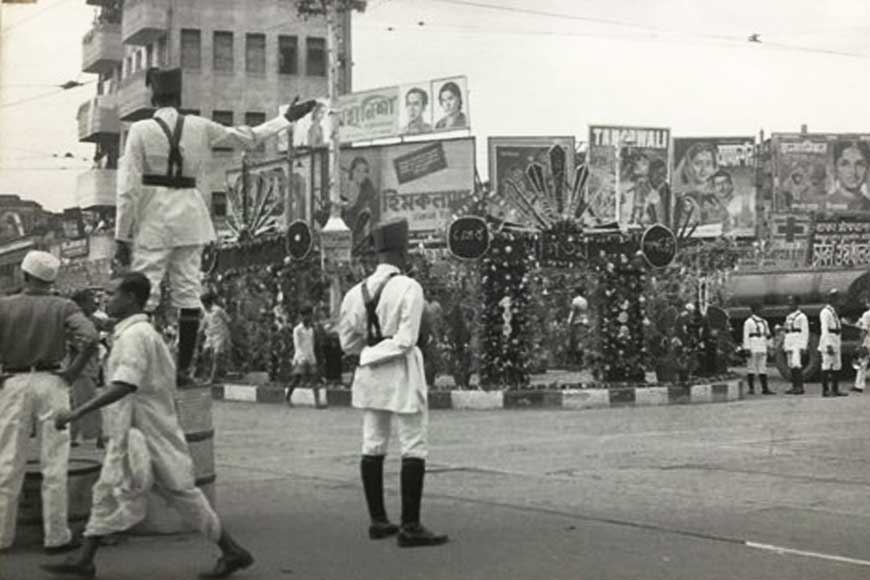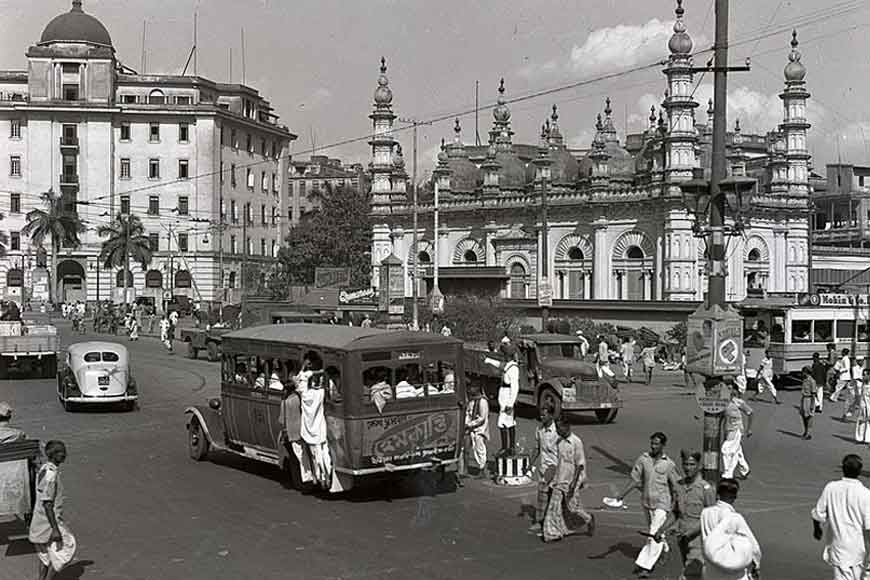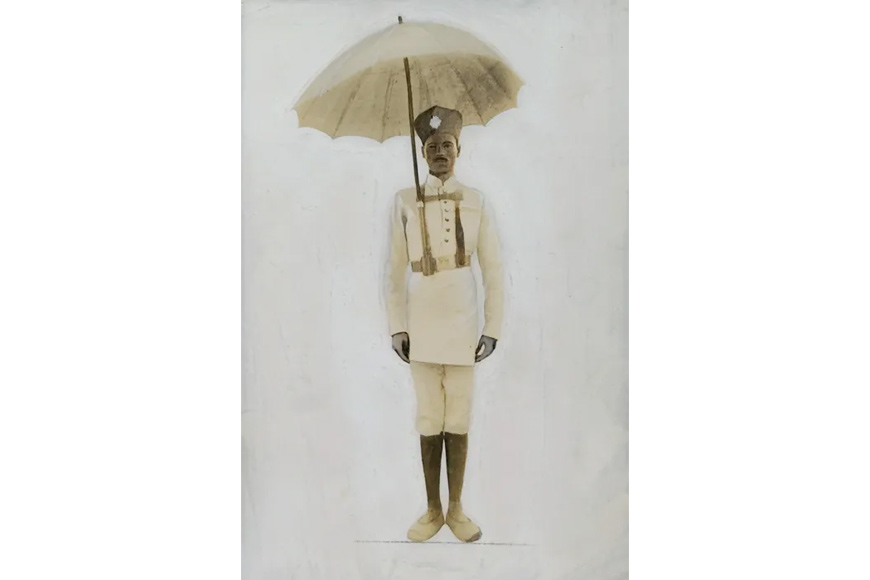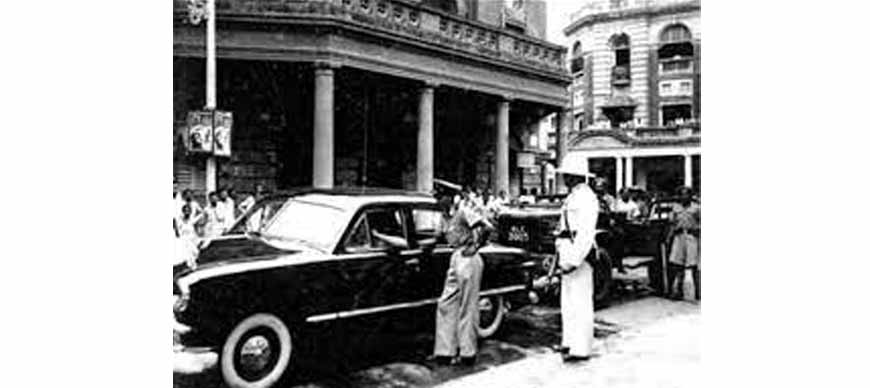How modern traffic system was developed in Calcutta during World War II

ICalcutta traffic today might not be as notorious like cities of Bangalore or Delhi, but once upon a time, even visiting soldiers of World War II were caught in traffic snarls. A short film made in 1945 by the war department and army pictorial service signal corps, depicts how the traffic control system was inaugurated by the Military Police in Calcutta around the time when World War II was raging.

In mid-20th century, the unruly and slow vehicular movement was a major source of worry for the American soldiers who were stationed in the city as part of the WWII contingent. Its constant struggle to manoeuvre while shifting across military supplies resulted in an organized traffic control system. The China-Burma-Indian Theatre was the designation of the United States military for the Chinese and Southeast Asian war zones. Back then, USA was supporting the Chinese in their war against Japan. Accordingly, military supplies to China was a priority to the Allied forces and to facilitate that movement, Calcutta turned the nodal point. American ships docked here, and Allied forces started building roads as alternative means of transport had been cut down by the Japanese.

However, the film had a colonial hangover and like most British reports of that period, it speaks of the East as uncivilized. “The native population, their customs, their very religions were set to a tempo much too slow for the swift efficiency of a modern army,” says the narrator. As per the order of the base section commanding general, it was necessary to “apply modern principles of traffic management to a city not even accustomed to walking on sidewalks.” Accordingly, the military police first did a recce of the traffic situation in Calcutta. A fleet of radio patrol cars were organized that connected to each other for communication and kept in contact with the military police headquarters.

“A small fleet of radio cars can be as effective as a policeman on every corner,” explains the narrator. The American military police, the British police and the native police worked in close collaboration for effective traffic control. The Military Police also created large number of attractive traffic signals. They kept close contact with patrol cars and the supplies reached the docks using the most convenient route at a given point in time. They used visuals of snake charmers, bullock carts and rickshaws and other local images to show the routes.
This traffic system is considered to be the precursor of the modern traffic system that is in place in today’s Kolkata.










